KentuckyLANAP.com
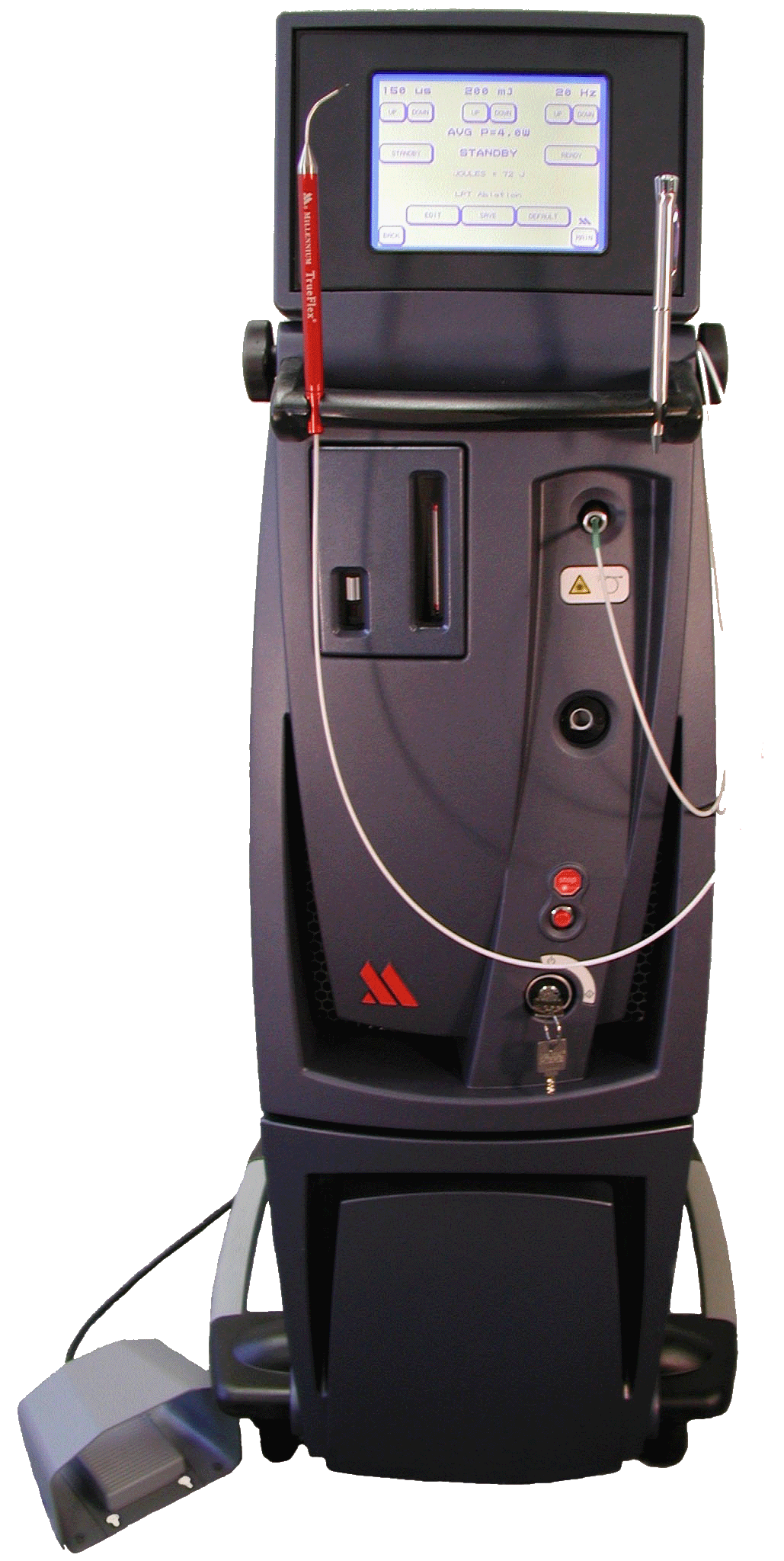
The PerioLase® Laser, the only laser capable of performing LANAP™. |
More About LANAP™ |
History Well, I wish I could take credit for being ingenious and patient enough to have developed, documented this and then trained over 1000 dentists (general practice and periodontists) in the U.S. and Canada how to perform LANAP™, but I can't. Dr. Bob Gregg and Dr. Del McCarthy have that honor. They started developing it in the 1990's and actually received a patent on the procedure, and then FDA clearance in 2004, This is the the only Laser based procedure used in the treatment of Periodontal Disease to have those distinctions.. Basic Steps of LANAP- Click picture for a description What do I need from you? A patient that is interested in saving their teeth. If there are teeth that need restorations within 9-12 months, they need to be filled. I would suggest waiting on fixed work though, as gingival margins may move after the inflammation is no longer present.. As far as periodontally questionable teeth are concerned, PLEASE do not extract them prior to the consult visit if you have not taken them out already. I have been able to save many teeth that would have otherwise been extracted quickly in the past. This is especially so in the anterior mandibular region. Also, as much of a full mouth set of digital radiographs as you have taken already. On a CD is best. If you don't have digital, or a full mouth, that is no problem. I will take care of those as a courtesy to you and the patient. If you have not had a chance to do the restorative prior to the consult, thats ok. I would only ask that if they want to go ahead with treatment, you schedule them ASAP to take care of what is needed. In most cases it is best to have the wisdom teeth extracted, typically due to hygiene issues. If you don't want to take care of that, then we may need to get with your surgeon to take care of them. What can your patients expect? At the consultation visit I will do a periodontal exam and obtain any radiographs that are not present. If they are a good candidate for the treatment a consent form and appointments will be made if the patient decides to move forward with treatment. There are a couple of prescriptions given, antibiotics and Ibuprofen. Post-op expectations are reviewed and include no brushing or flossing for 2 weeks (mouth rinse only) and no food that needs to be chewed is to be eaten. Honestly, these are the two things people complain about, not the post-op pain. At the first treatment visit half the mouth will be treated, the next day, the other side. This is a WHOLE mouth treatment. No spots here or there will be treated, it is not LANAP if only certain teeth are treated. Think about this, if a house has termites, do you only spray the one spot on the board you found? I hope not. Full mouth treatment is harder for some to wrap their head around than others. Just to be clear, an 8 mm diseased pocket needs more energy than a 2 mm pocket, but they are both treated. What happens, what's the benefit? Obviously, the biggest differences are in patients that have the most advanced disease from the start. Angry purple tissue looks coral pink, and after the healing period of 9 months, when probings are first done, the difference is typically wonderful. On less severe cases, pocket depths heal to a healthy level and bleeding is rare on probing. Most patients see a 50% reduction in probing depths and elimination of bleeding points.. Even the ones that don't do home care like they should improve on probing depths.
Here is the 9 month post op on the patient I posted previously
This patient is very happy with the results he has gotten. Some recession was noted, but considering the amount of inflammation, very acceptable and expected just from the reduction of puffiness. Only 3 small bleeding points, with heavy pressure, even to blanching the gingiva. He came because he had been told he would only be able to have full mouth extractions and dentures/ implants. Mobilities reduced to 1's, if any. Obviously the case above is a very advanced disease condition. It is always better to let a patient know what can be done prior to them getting to this level. Early intervention is best. When there are 5 and 6 mm pockets is the ideal time to treat. There is so much more to work with, and hopefully they have most of their teeth left. I want to clarify that I am not offering this service to your patients as a means of "stealing" your quad scales. In fact, I would be happy to see a case similar to the one pictured above to start with if you like. Prior to doing LANAP™, I too might have tried to do SRP if he refused a referral for surgery, I know it would not get him clean like he needed, but it would be better than no treatment at all. I know your hygienist is great, but there is no way they can clean 8+mm pockets and get this result. So if you have a patient that has 7+mm, even 13+mm pockets, and they want to try and save their teeth, I would be excited to have the opportunity to tackle their case. While many factors have to be considered, including how many teeth there are left, I have patients that are VERY happy they still have their teeth today. (see the testimonial section) Less Extreme Cases Here is a patient that just completed her 9 month appointment. I first saw her about 3 years ago and started her with SRP and she has been coming back for 3 month cleanings ever since. She has times when she obviously had better home care than others, but in general, is the typical periodontal patient. Her probings would look better for a couple of appointments, then decline, then back again. The typical rollercoaster ride that most go seem to have. She decided to have LANAP™ done to try and get better control of the disease. Below I have her pre-LANAP™ probings and her 9 months post-LANAP™ probings, as well as her picture.
And after 9 months post LANAP
Both of us are happy with the results so far. After almost 3 years of struggle to get bleeding and pocket depths under control, we are finally where she is healthy. Can bone regenerate? Here are some radiographs from some patients that I took recently. Again, I don't see this with every single patient, but I NEVER saw it happen before I was using LANAP. Before LANAP. I told her they would probably fall out during LANAP, but if not we would see what happened. Nine months after LANAP
It looks like more bone is going to form on the Mesial of 30 over the next few months too. She wants to keep holding on to them, and I am happy to offer her the chance to do that. What about in a furcation? Prior to LANAP 15 months post LANAP, he still needs to get a retreat on the endo on 19.
How much and does insurance cover it? Most of us would like to act like insurance issues mean nothing and we only treatment plan based on what is best for the patient. But this issue will still come up. Basically, it depends. It depends on their insurance of course. Of the 50+ patients that have had this done in my office, there has been quite a variation in coverage. 100% to 0%. Doesn't get any wider than that does it? Some medical insurance policies have even paid, again 100% to 0%. What it comes down to is that if someone wants to treat THEIR disease based on insurance coverage alone, they aren't likely to treat it. I work with Care Credit, as I am sure many of you do, and for as little as $140 a month, they can get this done. Depending on how bad things are, it usually works out a little more than trying to replace one tooth with an implant after if falls out. But of course the others are on their way out sooner or later, so it is actually a pretty good use of the money to spread around for all their teeth. The systemic benefits are there also. By eliminating the inflammation and infection in their mouth, there is one less area for their body's defenses to be overloaded, especially for diabetics. Every diabetic patient I have treated has noted a positive effect on their blood sugar levels post-LANAP™.
|

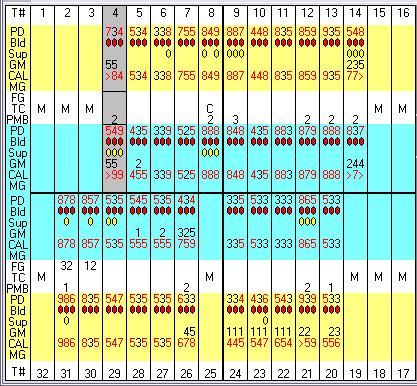
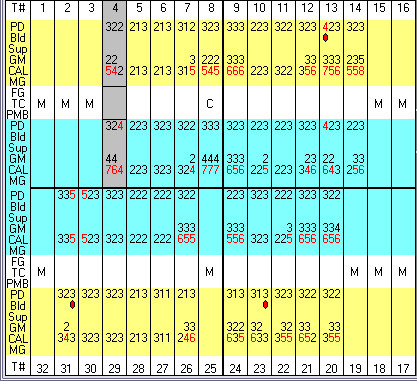
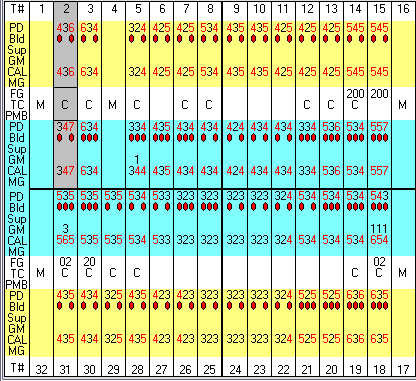
.jpg)
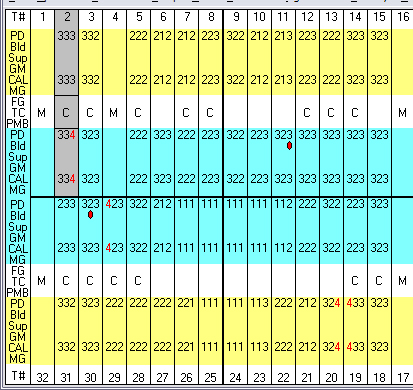
.jpg)